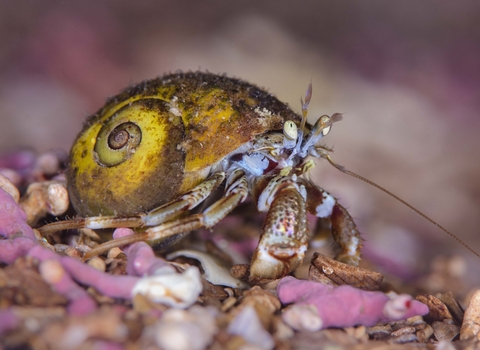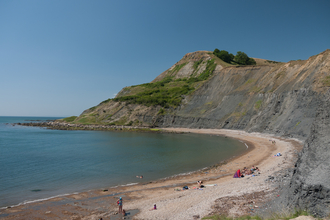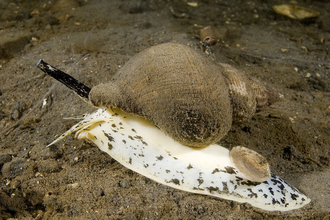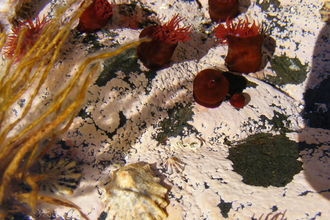
Hermit Crab ©Alex Mustard/2020VISION
Hermit crab
If you spot a crawling shell next time you're at the seaside, take a closer look… it might be a hermit crab!
Scientific name
Pagurus bernhardusWhen to see
January to DecemberSpecies information
Category
Statistics
Length of body: 3.5cmConservation status
Common





